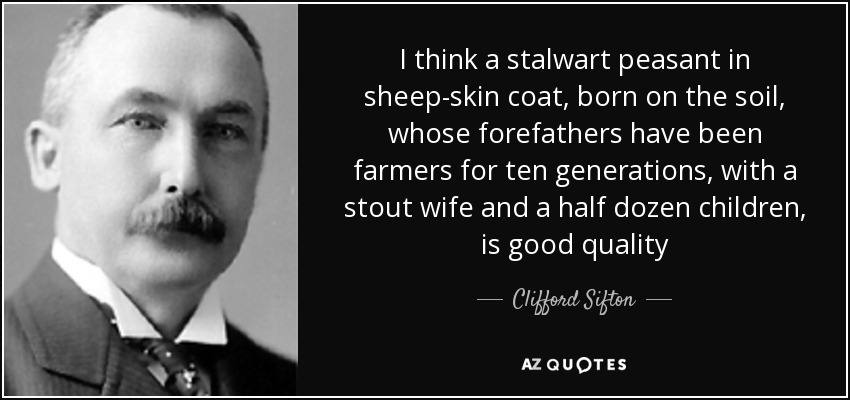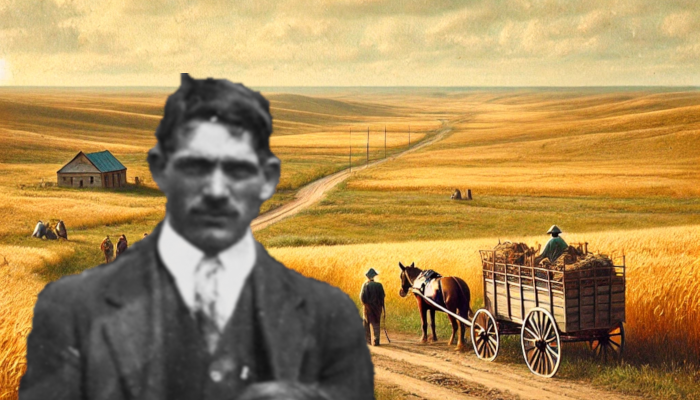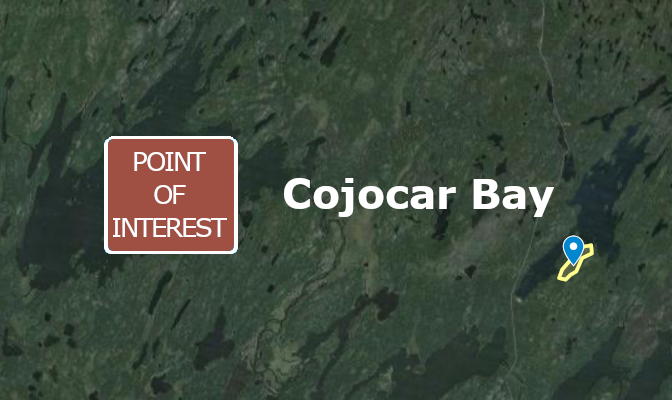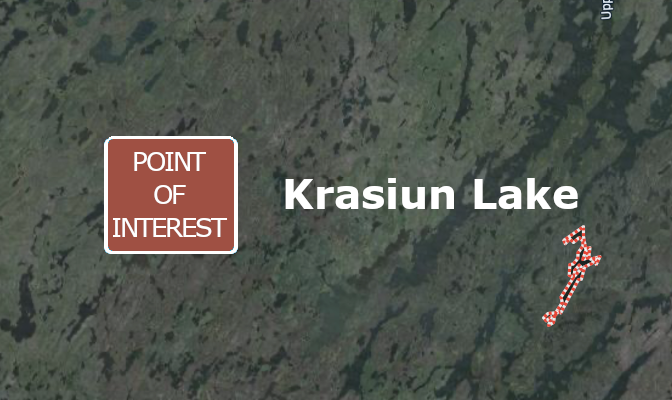The life of Vasil Banda (~1891-1927) was full of adventure and love, albeit too short. Born in the village of Ucea de Jos in Transylvania he made his way to Canada to start a new life.
Vasil’s Life
Birthplace
Vasil Banda was born in 1891 in the village of Ucea de Jos, Transylvania, Austro-Hungarian Empire (also known as Alsóucsa, Hungary). His birthplace is known today as the village of Ucea de Jos in the Ucea commune, Braşov County, Romania.
The village of Ucea de Jos is on the south bank of the Ucea River in a valley between two ranges of the Făgăraș Mountains, one to the north and another taller range to the south. The land on the valley bottom is rich farming land.
What’s in a name
The given name ‘Vasil’ is a Romanian boy’s name that comes from the Greek name Basileios (Basil in english), which means “king” or “royalty”. Over his life Vasil also used the spellings ‘Vasile’, ‘Vasili’ and ‘Wasyl’. Many men with the name Vasil who immigrated to Canada decided to used the English variant ‘Welsey’ as a way of fitting into the culture.
The surname ‘Banda’ is an interesting one. Vasil’s father’s family used the last name Bîndescu which is most certainly a Romanian surname with no meaning that we have been able to find on-line. However on the passenger manifest when Vasil travelled to the USA he is listed with the last name ‘Banda’. The name ‘Banda’ is common in the Balkan region and seems to mean a (possibly criminal) gang or a musical band. Why Vasil didn’t use the Bîndescu name we do not know.
Life in the region
Vasil’s family was ethnic Romanian which meant that under the Austro-Hungarian Empire policy of Magyarization (named for the ethnic Magyars (ancient name for Hungarians) ruling class) they were considered, on the surface, to have a right to exist as a cultural minority guaranteed like Hungarians. At the same time Magyarization policies mandated that the Hungarian language was the official language of schools, government, courts and medicine. The reality was that the Empire was attempting to mandate assimilation of all minorities into Hungarian culture as a way to suppress talk of revolution and division of regions by ethnic group. Census data in the early 1900s shows that ethic minorities did not adopt Hungarian as their primary language to any great degree so it became clear that Magyarization policies did not create the result the Empire wanted.1
Vasil’s family were peasants who struggled to farm and feed themselves while also paying rent to their Magyar (Hungarian) landlords. Being a Romanian peasant meant that they would likely never be allowed to purchase their own land. This is a system that ethic Romanians had been familiar with for almost one hundred years. As the population in the region grew over time the ability for peasants to even find land to rent became harder and harder. Vasil’s parents were likely concerned for their three sons future as peasant farmers and the ability of their three daughters to find peasant farmers to marry.
Childhood
Vasil was born as the fourth child of Nicolae and Maria Bîndescu and grew up with three brothers (Yoil, Gheorghe, Nicolae) and three sisters (Rafira, Sofia, Maria).
Canada calls
From the website Canadian Museum of Immigration at Pier 21 (https://pier21.ca):

After a tough economic recession from 1873 to 1896, Canada sought immigrant settlers. With the help of Clifford Sifton, Minister of the Interior from 1896 to 1905, immigrants began to be directed to the Canadian Prairies. Sifton is known for promoting the immigration of Eastern Europeans to Canada. He strongly believed that sturdy European immigrants were the best settlers for the challenging Prairies, because of their familiarity with agriculture, rural lifestyles, and harsh climates. Sifton’s perspective mirrored longstanding bureaucratic views about the ethnoracial superiority of white Europeans in Canadian society, while further entrenching the exclusion of Indigenous peoples and non-white European agriculturalists. Sifton retired from politics in 1911, but is perhaps best known for his 1922 statement that “a stalwart peasant in a sheep-skin coat, born on the soil, whose forefathers have been farmers for ten generations, with a stout wife and a half dozen children, is a good quality.”2 He disliked the idea of metropolitan populations settling the Prairies, for they would congregate in cities, instead of developing Prairie homesteads. Instead, he promoted the immigration of groups like the Ukrainians, Hungarians, and Mennonites over the more “desirable” British immigrants.3
Due to intensive advertising and international immigration agencies after 1867, immigrants began to settle the Prairies. These immigrants fostered distinct ethno-cultural pockets and diverse industries in Manitoba, Saskatchewan, and Alberta. As a result, the population in the West exploded;4
- Winnipeg grew from a city of 20,000 in 1886, to 150,000 in 19115
- Saskatchewan’s population grew by 1124.77% between 1891 and 19116
Thousands of diverse immigrants came to Canada between 1867 and 1914 for different reasons. For immigrants who were inspired to emigrate in search of greater economic opportunities and improved quality of life, the Canadian West presented seemingly infinite possibilities. This category of immigrants included populations of Hungarians, French, Icelanders, Romanians, Chinese, and Ukrainians among other groups.7
For many Romanians, and Ukrainians, overpopulation and unemployment prompted their migration to the Canadian West. Many of these “Sifton” immigrants were farmers, well-known for their ability to survive harsh climates. After decades of landless tenant occupation on tiny farms in Europe, free 160 acre homesteads in the Canadian West appealed to Eastern European agriculturalists.8
Romanian immigrants began arriving in 1895, and like many other “Sifton” immigrants, the Prairies were their first and ultimately permanent home. Over 8,000 Romanians not only succeeded agriculturally, but also possessed trade labour skills, meaning that they were considered valuable Prairie immigrants.9 Ukrainians were also an immigrant group valued for their skills. Romanians came to Western Canada and were arranged into block settlements.10 Block settlements were compact settlements populated by a specific ethnocultural group, which created a patchwork of ethnocultural zones on the Prairies.11 12
Immigration to Canada
Vasil’s decision to immigrate to Canada was a family decision and he was the last to make the journey. Of the seven children of Nicolae and Maria Bîndescu four would eventually leave.
Rafira (Vasil’s sister)
The first of the family to leave the village was the oldest daughter Rafira with her husband Nicolai Grovu and their young daughter Paraschiva. They departed through Hamburg, Germany in 1901 and sailed to the port of New York, New York, USA from which they then travelled by train to Winnipeg, Manitoba, Canada. After a short time in Winnipeg they travelled to establish a homestead north of the city of Saskatoon in the province of Saskatchewan on SW-01-46-07-W3, Leask No. 464 Municipality, Saskatchewan, Canada (52°55’59.9″N 106°53’33.7″W). They established roots in the region and would live there permanently. There were other Romanians homesteading in the region but it was ten years until they were joined by any family. In 1911 Yoil & Vista successfully homesteaded 12km to the west of Nicolai & Rafira and would live there permanently. In that same year, 1911, Rafira’s brother Gheorge homesteaded 6km to the west also. Nicolai & Rafira would live in their home for fifty years until they retired, moving ~320km to the south in the capital city of Regina, Saskatchewan.
Sofia (Vasil’s sister)
It is possible that the next member of the family to leave the village was Vasil’s sister Sofia with her husband Avisalom Cristian in 1906 or perhaps earlier. They seemed to make their way from the Austro-Hungarian Empire to Cleveland, Ohio, USA where they would be joined by the next in the family to travel to Canada, the oldest brother, Yoil and his new wife Tavista “Vista”. It then came to pass that Avisalom & Sofia along with Yoil & Vista moved to Leetonia, Columbiana County, Ohio, USA for work. We know that Avisalom & Sofia after maybe more than five years in the USA eventually returned to Romania (after 1911) where they would stay thereafter but we know nothing of the exact dates and reasons.
Yoil (Vasil’s brother)
The next in the family to travel to Canada was the oldest brother, Yoil and his new wife Tavista “Vista” in 1906. They departed from Flume, Croatia to the port of New York, New York, USA from which they travelled to Cleveland, Ohio, USA. They would be staying at 5802 Clair Avenue, Cleveland, Ohio, USA on arrival with brother-in-law Avisalom Cristian and possibly wife Sofia (Yoil’s sister). By 1907, the following year, Yoil & Vista and their first son Josim “James” where living in Leetonia, Columbiana County, Ohio, USA where Yoil had found work in a bottle factory. The Banda family speculates that Vasil and brother Gheorghe may also travelled to Leetonia, Ohio at this same time to work in the same bottle factory and then returned to Romania but there have been no records found which support this. What is known is that Yoil was laid off from the factory and during the autumn of 1907 Yoil, Vista and their son returned to Romania after only spending the single year in the United States.
Yoil & Vista would live in their village of Ucea De Jos and would welcome a second son Gheorghe there. Four years later in May of 1911 they decided to make a plan to join Nicolai & Rafira Grovu in Saskatchewan. Yoil travelled alone to Antwerp, Belgium where he sailed again to New York, New York, USA from where he would travel back to Leetonia, Ohio where he would initially stay with brother-in-law Avisalom and his sister Sofia. Perhaps he worked in Leetonia for a short time to raise more money but within that same year he had travelled to Saskatchewan, Canada. Yoil united with with Nicolai & Rafira and registered for his own homestead on NE-02-46-08-W3, Leask No. 464 Municipality, Saskatchewan, Canada (52°56’12.6″N 107°03’24.0″W) which was about 12km west from his brother-in-law Nicolai Grovu and sister Rafira’s home. Yoil was joined by his wife Vista and three sons the following year in ~1912. Yoil & Vista raised their family and lived their lives in that region.
Gheorghe (Vasil’s brother)
The next in the family to leave the Transylvania region of the Austro-Hungarian Empire was Gheorghe who travelled alone to North America seeking a new life. It isn’t clear but he might have been in Leetonia, Columbiana County, Ohio, USA by 1907 or 1908 at the same time as brother Yoil and his wife Vista as well as brother-in-law Avisalom and his sister Sofia. What is known is that he had travelled to Saskatchewan, Canada by the summer of 1911 and applied for a homestead on NE-32-45-07-W3, Blaine Lake No. 434 Municipality, Saskatchewan, Canada (52°55’32.9″N 106°58’41.4″W). His homestead was located about 5km from his brother-in-law Nicolai Grovu and sister Rafira’s home. Gheorghe would meet and marry fellow Romanian immigrant Elisaveta Baclia who was also living in the region. Gheorghe & Elisaveta would live in the area for several years before moving southwest of Saskatchewan’s capital city of Regina to the Kayville region. Within a few years (~1926) Gheorghe & Elisaveta would make a permanent move eastward across Canada to Windsor, Ontario, Canada.
For a while he lived with his brother Yoil in Marcelin, Saskatchewan.
He got a homestead in 1911, in Avonlea.
In 1913 he married Maria Comsoi, who came to Canada in 1906 from Simbata de Sus, Transylvania.
In 1927, on September 25, Vasile died in an accident while thrashing.
He died without a will. His wife Mary had to file a probate with the Court of Queen’s bench to deal with her husbands estate in 1928.
In 1928 the gross value of Vasile’s estate was $26055 with a net value of $8119. The $13000 in debt was mostly as a result of purchasing a half-section (NW and NE-04-10-23-W2) from the estate of the late George Comshiou, the brother of his wife, in 1926. Also $563 as a result of purchasing a quarter-section (NW-15-10-23-W2) from Zachary Hariniuk. A further sum of $400 was owed to the Hudson’s Bay Company for the purchase of NW-09-10-23-W2.
References
- Wikipedia, Magyarization, Feb 18, 2025, See https://en.wikipedia.org/wiki/Magyarization ↩︎
- Sir Clifford Sifton, “The Immigrants Canada Wants,” Maclean’s, April 1, 1922, Page 16 ↩︎
- Canadian Museum of Immigration at Pier 21, Settling the West: Immigration to the Prairies from 1867 to 1914, Minister of the Interior, Feb 18, 2025, “Immigration After 1896 with Clifford Sifton”, See https://pier21.ca/research/immigration-history/settling-west-immigration-to-prairies ↩︎
- Canadian Museum of Immigration at Pier 21, Settling the West: Immigration to the Prairies from 1867 to 1914, Minister of the Interior, Feb 18, 2025, “Immigration After 1896 with Clifford Sifton”, See https://pier21.ca/research/immigration-history/settling-west-immigration-to-prairies ↩︎
- Gerald Friesen, The Canadian Prairies: A History (Toronto: University of Toronto Press, 1987), Page 202. ↩︎
- Randy William Widdis, “Saskatchewan Bound: Immigration to a New Canadian Frontier,” Great Plains Quarterly12., (Fall 1992): Page 257. See http://digitalcommons.unl.edu/greatplainsquarterly/649 ↩︎
- Canadian Museum of Immigration at Pier 21, Settling the West: Immigration to the Prairies from 1867 to 1914, Minister of the Interior, Feb 18, 2025, “Opportunities in Canada for Eastern European Agriculturalists”, See https://pier21.ca/research/immigration-history/settling-west-immigration-to-prairies ↩︎
- Canadian Museum of Immigration at Pier 21, Settling the West: Immigration to the Prairies from 1867 to 1914, Minister of the Interior, Feb 18, 2025, “Opportunities in Canada for Eastern European Agriculturalists”, See https://pier21.ca/research/immigration-history/settling-west-immigration-to-prairies ↩︎
- G. James Patterson, “Romanians,” in Encyclopedia of Canada’s Peoples, ed. Paul Robert Magocsi (Toronto: University of Toronto Press, 1999), Page 1094 ↩︎
- Howard Palmer, “Strangers and Stereotypes: The Rise of Nativism, 1880-1920,” in The Prairie West, Historical Readings, ed. Douglas Francis and Howard Palmer, (Edmonton: University of Alberta Press, 1992), Page 313 ↩︎
- Anne Brydon, “Icelanders,” in Encyclopedia of Canada’s Peoples, ed. Paul Robert Magocsi (Toronto: University of Toronto Press, 1999), Page 686 ↩︎
- Canadian Museum of Immigration at Pier 21, Settling the West: Immigration to the Prairies from 1867 to 1914, Minister of the Interior, Feb 18, 2025, “Romanian, Ukrainian, and French Immigrants”, See https://pier21.ca/research/immigration-history/settling-west-immigration-to-prairies ↩︎




